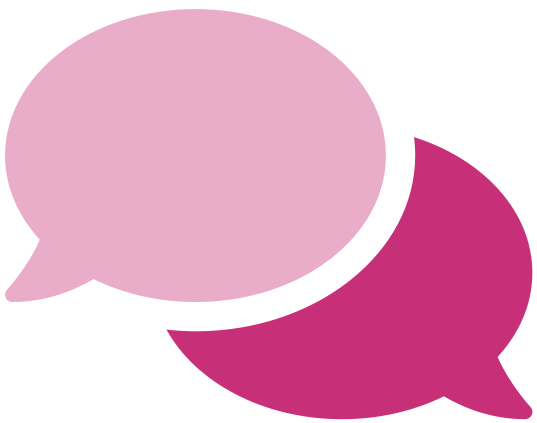2020 has seen a global health crisis, the ensuing economic crisis and an ongoing crisis of racial injustice. As we emerge from this year and the common goals of diversity, equity, and inclusion become more widespread, we are faced with the somewhat daunting task of figuring out the best place to start. In this post, I’ll be looking back on three talks from September’s WeMissiPRES event and what they taught us about making meaningful, sustainable change.
An opening keynote from Geert Lovink addressed the relationship between network/s and centralised platforms, as well as the organisation of social movements such as Black Lives Matter. Emphasising that good intentions alone are not enough, Geert advocated for the dual importance of diversity and disagreement: in order to create sustainable forms of organisation that will transform into political power, we need to sabotage cancel culture, embrace debate, and find productive forms of disagreement that filter into political change.
Ideas about the social infrastructure of diversity in digital preservation were also central to a talk by Daniël Steinmeier from the National Library of The Netherlands and the Dutch Digital Heritage Network. He stressed that, although technology may seem neutral, it embeds and replicates many of the power structures at the root of systemic racism and other forms of political oppression. In archiving in particular, organisations can use concepts from digital preservation to counter this by enabling diversity in their collections. By bringing together processes that are relevant to diversity (e.g. decolonisation and bias detection) and digital preservation concepts that can support these processes (e.g. designated community, representation information), organisations can produce outputs that account for multiple views from different communities. For this to work, it is crucial to involve relevant communities and give them agency in the process of creating output that’s relevant to them.
Keynote Michelle Caswell also spoke about the ways in which memory workers are complicit in facilitating structural inequalities. She asked: “How is it that those most familiar with the intricacies of how knowledge is produced and how canons are formed […] have denied the mark left by their own fingerprints?” The ‘mark’ that she refers to is actually the erasure of viewpoints from outside of predominant power structures. To address this, she calls on memory workers to dismantle their ‘oppressor’ standpoint and repair past harm by using their collections for libatory means. She suggests that those who collect should be actively taking part in recuperative collecting (collecting that accounts for and celebrates the viewpoints of those from the margins), taking care not to exploit or take collections away from underrepresented communities. Beyond collecting, we can also create shared infrastructures and standards for everyone to use, irrespective of their resources.
As Michelle pointed out, we live in a culture that values ‘demonstrable outcomes’, and there is a danger that organisations will simply establish a diversity policy and think their work is done. Even in our relatively small digital preservation community, each organisation is bound to have its own priorities, and establishing a common goal can be difficult. Both Geert and Michelle emphasised the need for communities like ours to organise into collective action. In digital preservation, we’re often saying that no one organisation should face digital preservation alone, and perhaps this is how we should approach our goal for diversity and inclusion. But why stop there? Why not treat our work towards equity, diversity and inclusion like an open source project? Here are some examples of how open source principles could be adapted for this context:
- Collaboration: make a bigger difference by working together
- User focus: include the communities you want to represent
- Transparency: share what works and what doesn’t
- Agility: continuously improve by tackling issues as they arise
- Adaptability: create solutions that can be adapted to meet the needs of many
With many of these principles in mind, the Open Preservation Foundation and the Dutch Digital Heritage Network have established a new working group focussing on equity, diversity and inclusion in digital preservation. The group aims to be a space to discuss areas of concern, consider what we can do better, promote the work of underrepresented groups, and address barriers to participation in the international digital preservation community. By working together, drawing on ideas and concepts that we know, and moving beyond empty gestures, we hope to begin to make meaningful, sustainable changes that benefit a more diverse and inclusive community. If you would like to get involved, please get in touch.


